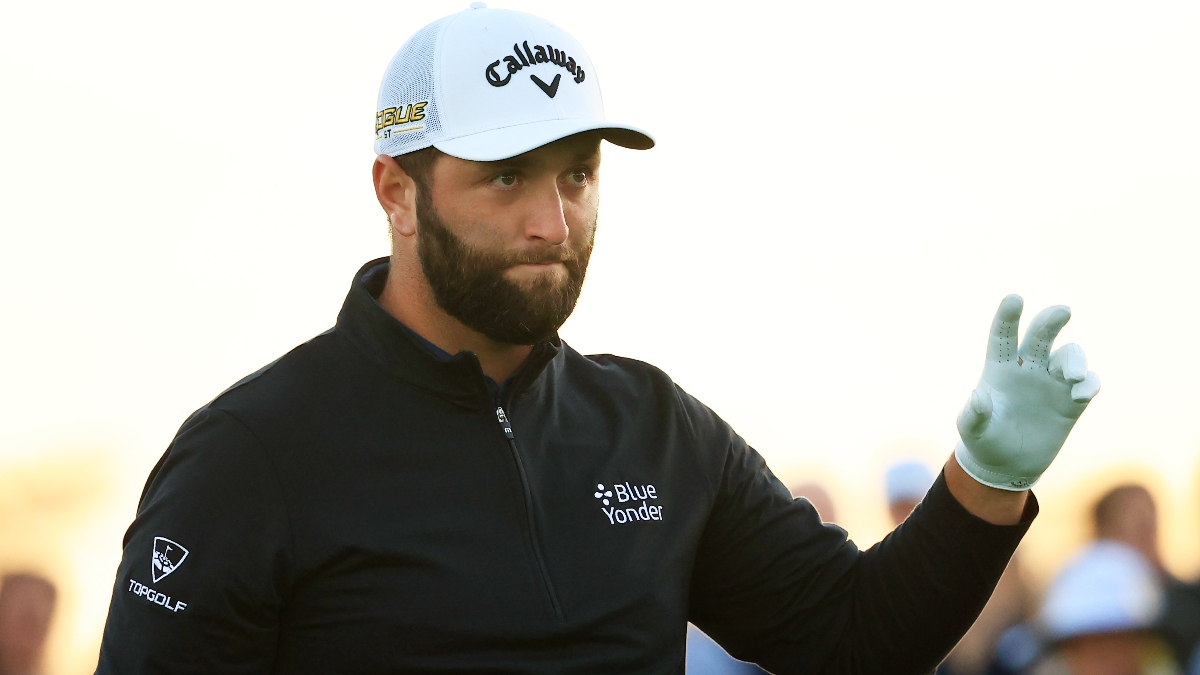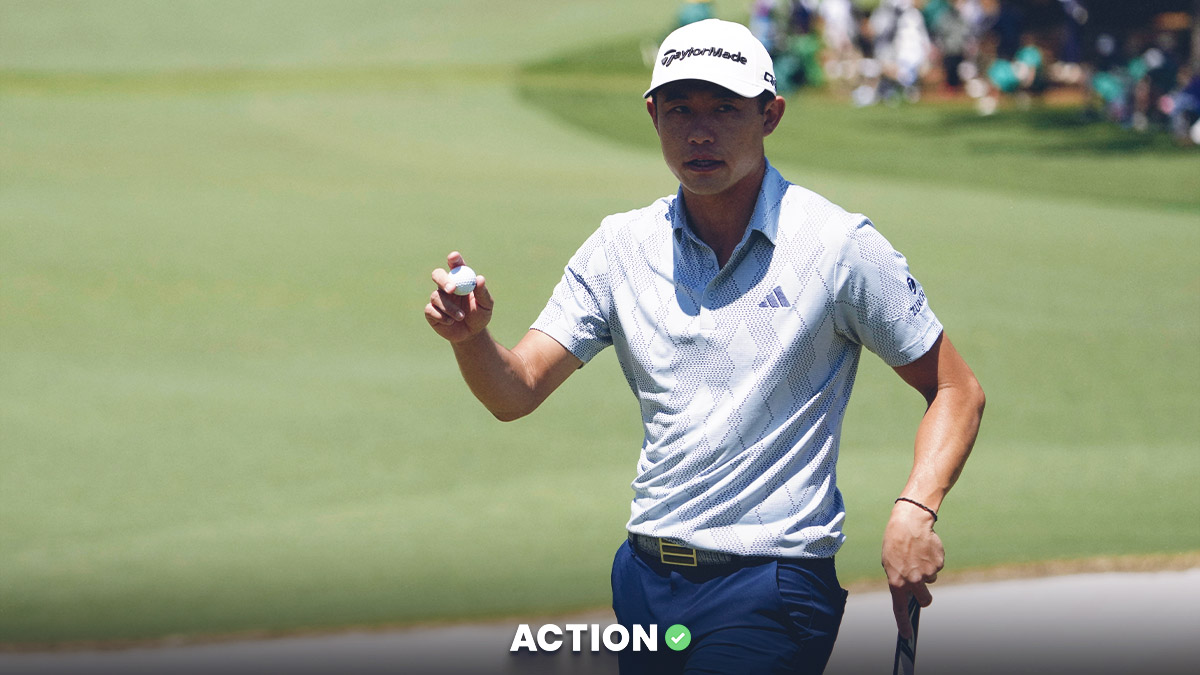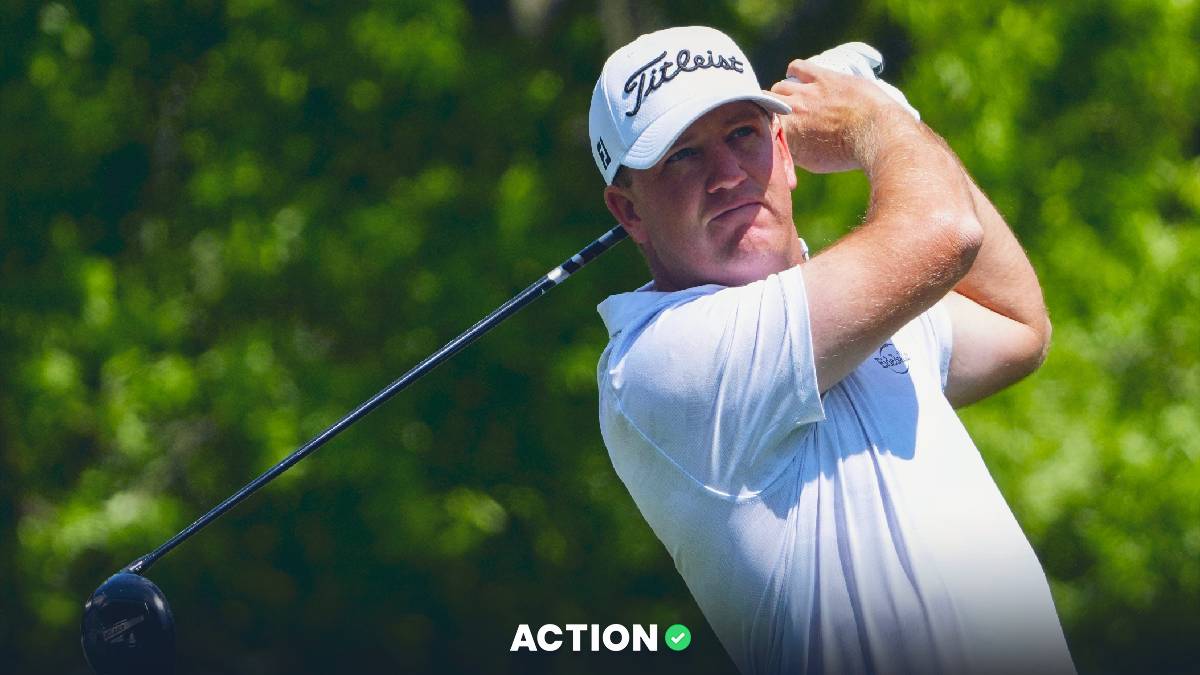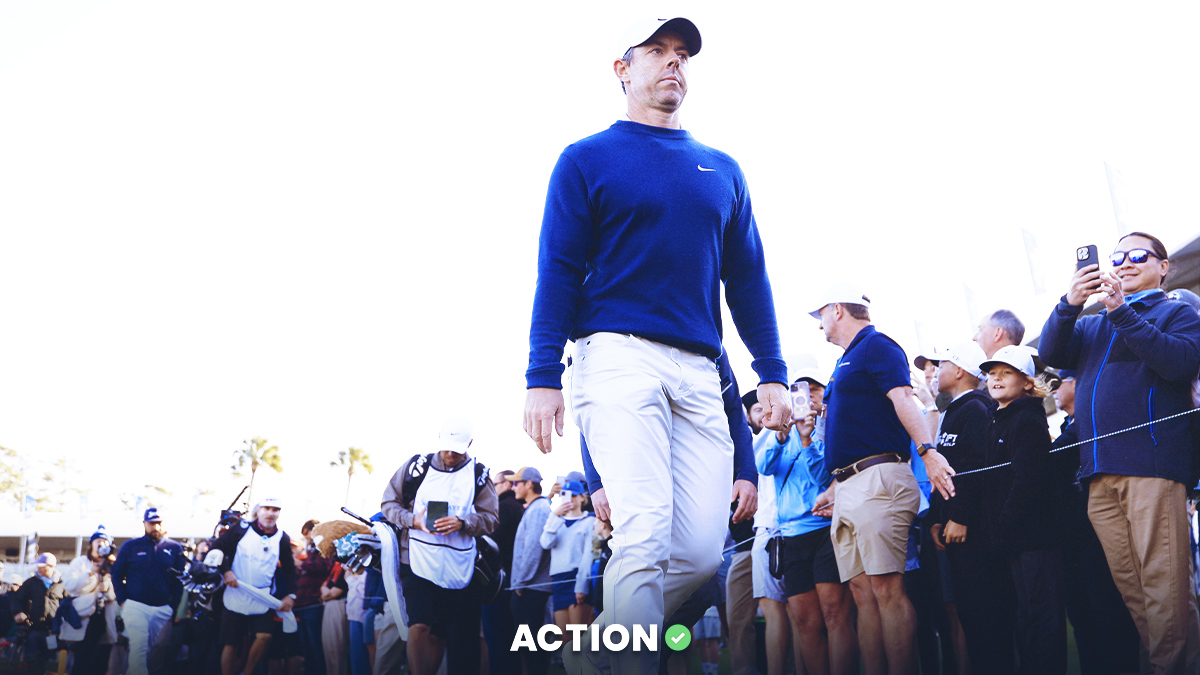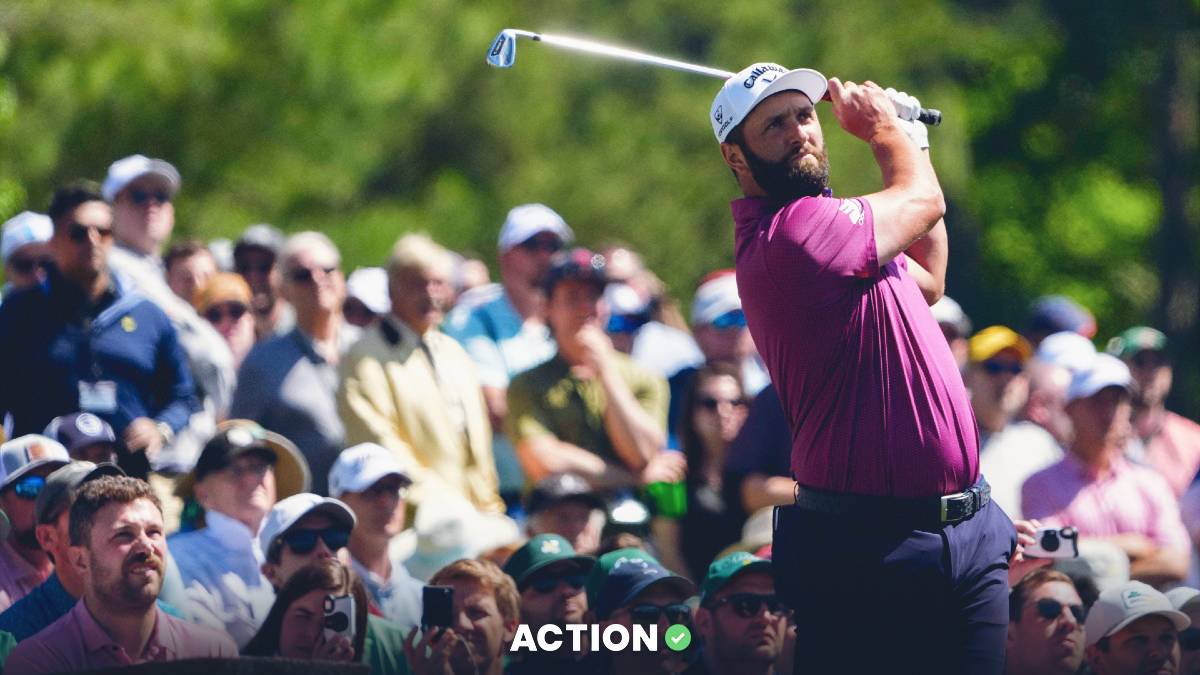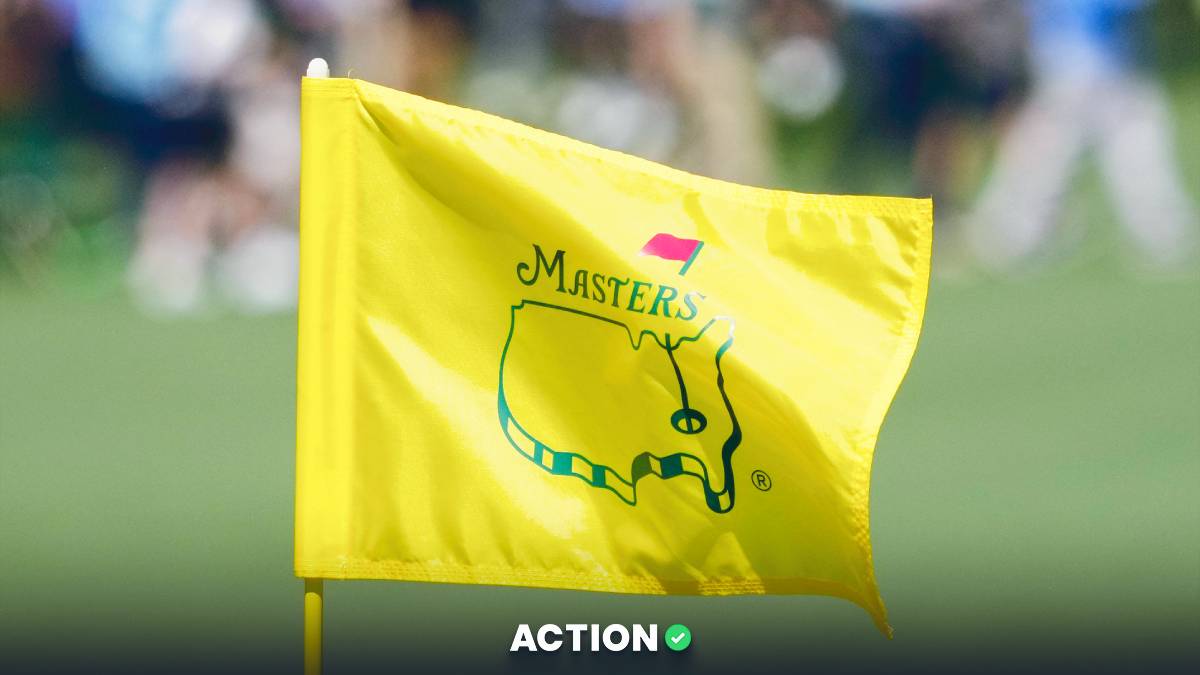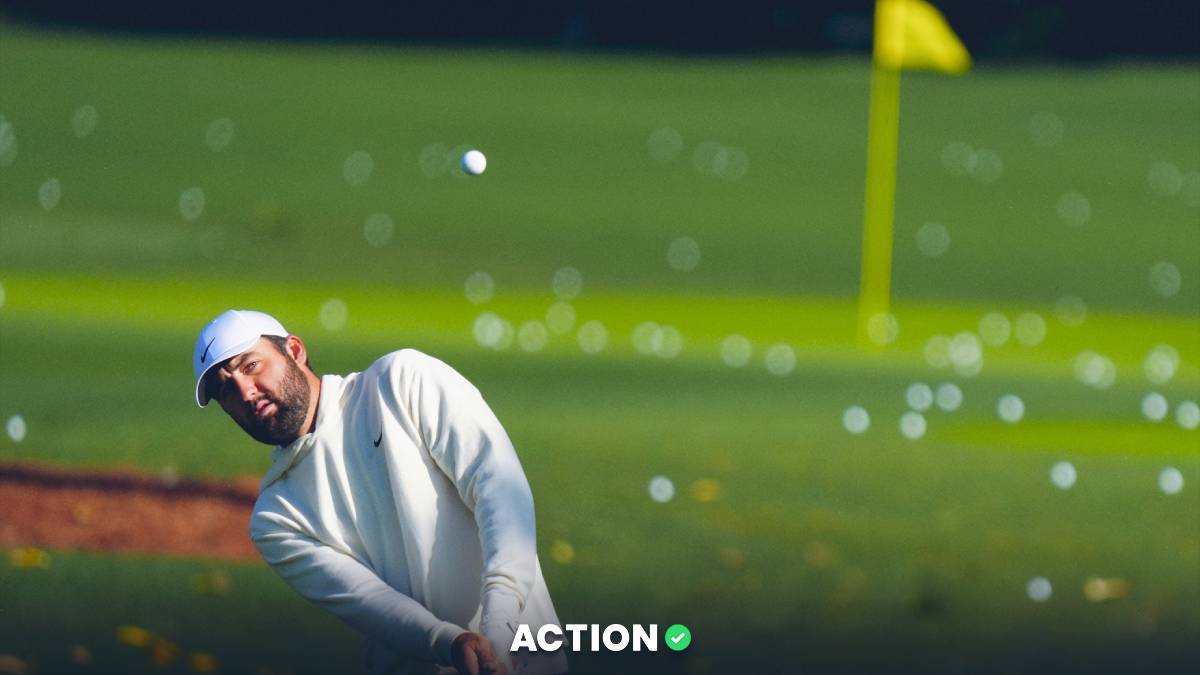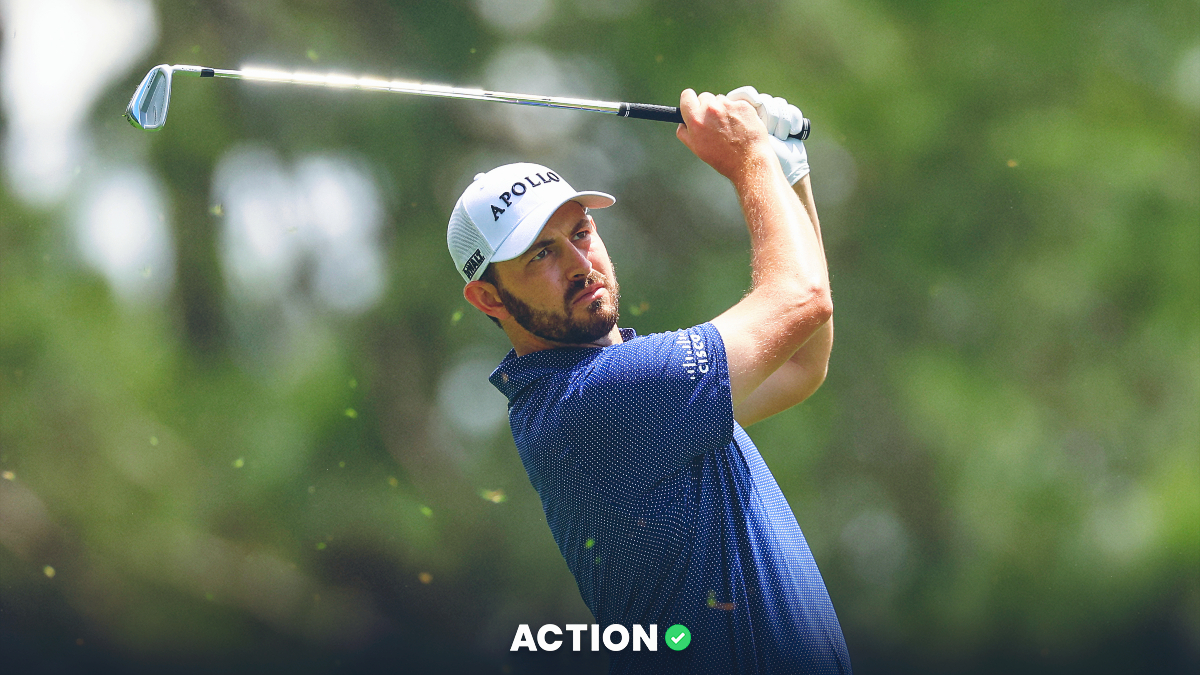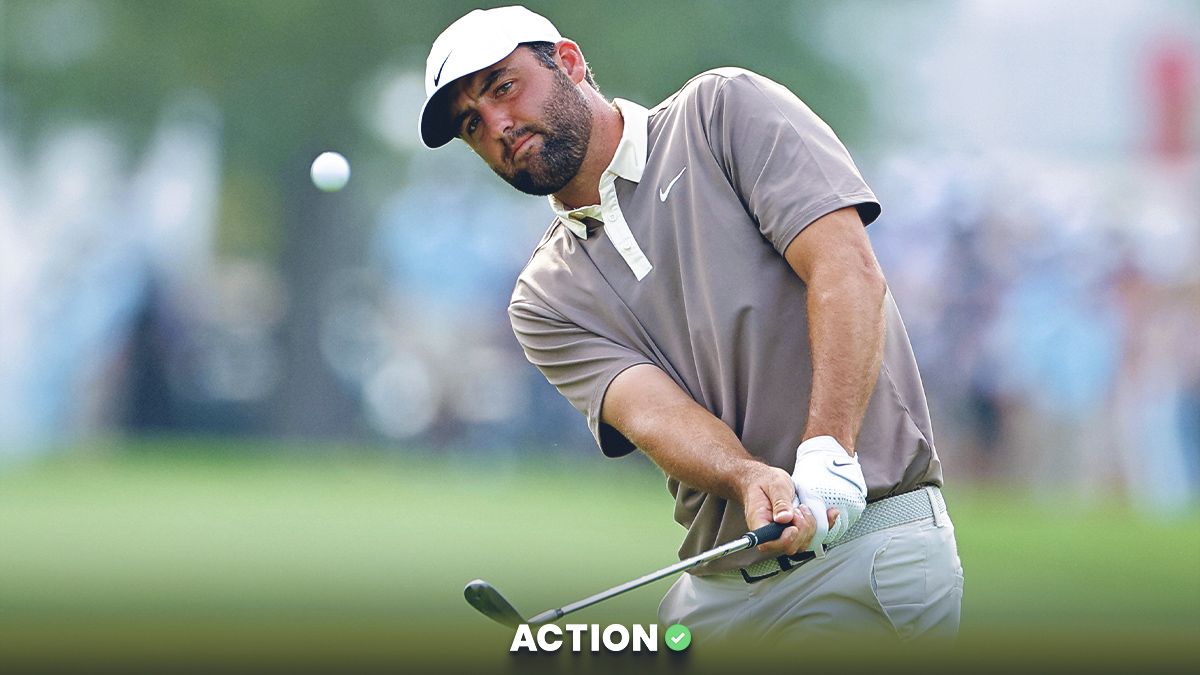AUGUSTA, Ga. — Allow me to begin this breakdown of Masters pre-tournament odds and what they’ve historically meant with some bad news for Jon Rahm.
It’s been 17 years since a favorite has won the green jacket.
The last player to do it? That would, of course, be a man named Tiger Woods, who needed extra holes to win from that position back in 2005.
Since then, there’s been an amalgam of Rory McIlroys and Dustin Johnsons and even Woods again at the top of the oddsmakers’ boards, only for each to come up heartbreakingly short in those years – for themselves, yes, but also for their backers.
That doesn’t mean there’s been a trail of longshots winning the year’s first major, either. Far from it.
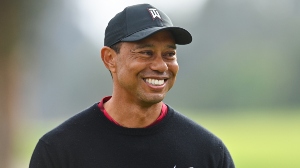
Over the past dozen editions of this tournament, we’ve seen the second favorite win on three occasions. Two-thirds of these champions have come from inside the top-10 on those final boards prior to the opening round.
Here’s the full list, courtesy of GolfOdds.com, with the final prices employed from what is usually a drastically changing marketplace:
As mentioned earlier, no favorite has triumphed, but very few longshots have, too. No winner has owned longer odds than Matsuyama’s +6000 over the past decade, with Johnson being as short as +800.
If we tally up these numbers, we’ll find that winners’ odds are an average of 33-1, while they rank an average of 10.5 on the board.
So, what does that mean in regard to this year’s tournament? Well, it means we have plenty of potential options.
Will Zalatoris, Russell Henley, Woods and Hideki Matsuyama at 35-1 at DraftKings. From there, Patrick Cantlay has moved all the way down to 25-1 at some books, while Jordan Spieth is 22-1 at DraftKings. A little higher of all of them are the likes of Daniel Berger, Bryson DeChambeau, Louis Oosthuizen, Sam Burns and Shane Lowry between +4000 and +5000.
None of those names cover the average rank, though, as opening at just over 10th on the board lands right in the middle of Brooks Koepka, Xander Schauffele and Viktor Hovland, each of whom are priced around +1800 and should be popular plays. Koepka and Schauffele have combined for four top-seven results in the past three years, and Hovland’s price has dropped as much as that of almost any player over the past few months.
All of which is a protracted way of explaining that even if we’re looking to play the percentages this week, those 12-year averages still leave a bevy of alternatives.
Or maybe it means nothing at all. Maybe the tourney favorite, like the cicadas every 17th summer, can reappear to make the fiercest noise in the spring’s most enviable scenario, leaving Rahm to follow in Woods’ footsteps as players with the shortest price on the board who lived up to those expectations.


